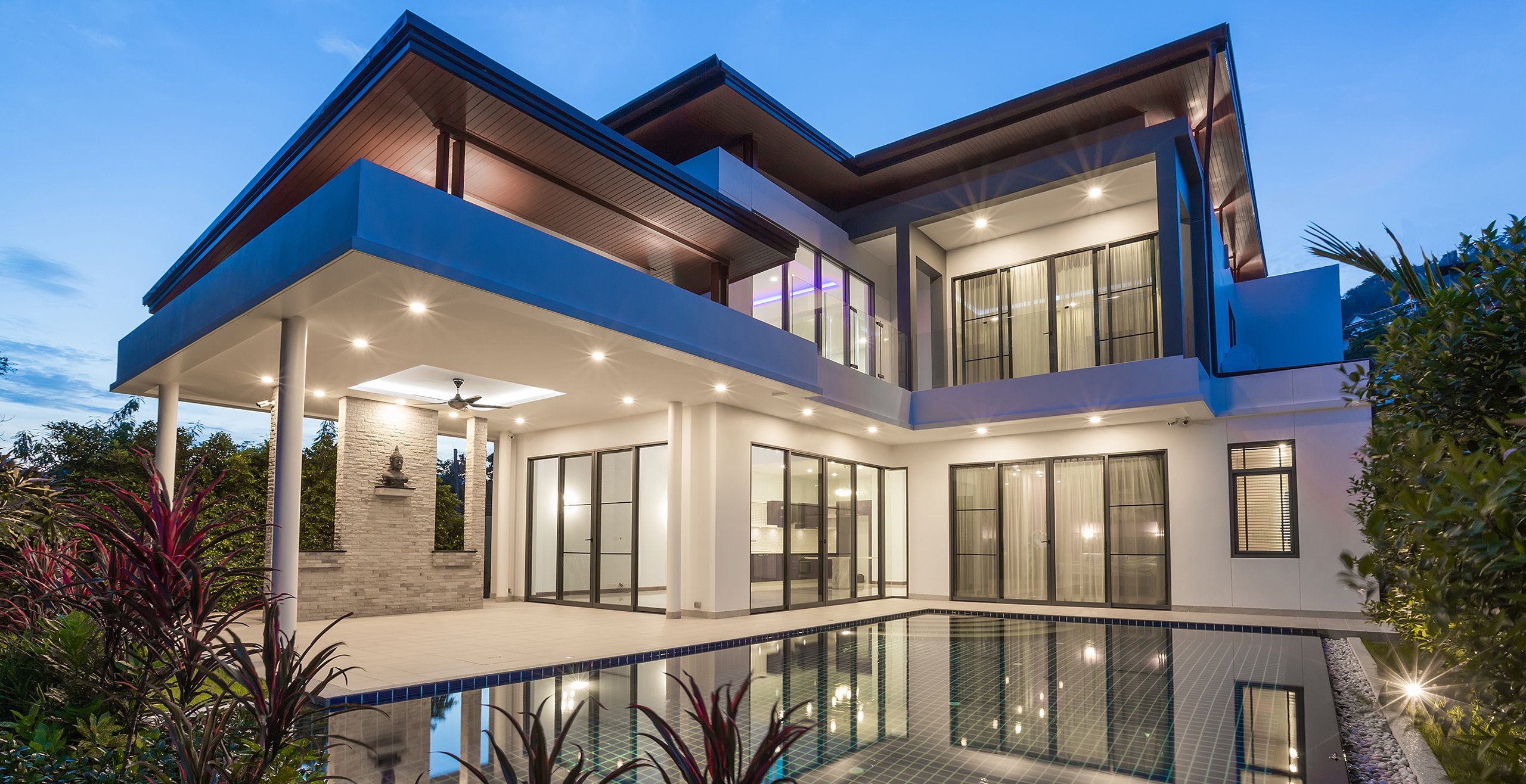March 14, 2023
How Land Planners & Developers Collaborate on Master-Planned Communities
A master-planned community’s land development and design provide a unique opportunity to set the neighborhood apart in terms of look, feel and amenities. Taking the knowledge gained from the market research team and applying it to a land plan can prove challenging, especially when factoring in financial realities, construction costs, zoning requirements and design quality. The idea is to maximize land use while considering time and costs — a reality that planners and developers contribute immensely to.
The success of this relationship impacts how quickly the master-planned community will sell. Often well-designed and planned communities can charge more and sell out faster than the proforma, thus causing the internal rate of return to increase significantly. Getting everything right from the start immensely improved the odds of hitting one “out of the park.”
Land planners and developers work together to create master-planned communities that offer homeowners a complete lifestyle experience. Master-planned communities typically feature a variety of home types, commercial and retail spaces, community amenities, including ways to connect with nature and recreational facilities. These communities aim to provide a comprehensive living experience that caters to the needs and preferences of homeowners.
Collaboration between land planners and developers is essential to ensure that the master-planned community meets the expectations of future residents. The land planner is responsible for creating a comprehensive site plan that considers the land’s natural features, environmental considerations and local regulations. They work with the developer to ensure that the site plan aligns with the developer's vision for the community.
Land planners and developers collaborate to turn undeveloped land into a master-planned community. Here's how that relationship progresses in developing a master-planned community.

PLACEMAKING
What sets a great land planner apart from a good one is the land planner's ability to use placemaking to create differentiation in the market that leads to premium pricing, better absorption and long-term value for homeowners. Not to mention their ability to help communities envision and shape a better future from beginning to end.
Placemaking helps bring a community to life and creates a feeling of belonging and a place to enjoy life, not just a place to live. The key elements of quality places vary, but here are some to consider:
1. Public Spaces: Incorporate a variety of public spaces that are accessible and inviting to all residents and visitors if the community has commercial appeal. These spaces may include parks, plazas, squares, walking trails and other gathering places to encourage social interaction and community engagement.
2. Walkability: Provide residents with easy ways to connect with the amenities and each other via sidewalks, bike paths, and other infrastructures that encourage walking and biking as modes of transportation. Remember to incorporate places for bike racks too. A walkable community fosters a sense of community and promotes economic activity by making it easier for people to access local businesses and services.
3. Mixed-Use Development: By incorporating a mix of residential, commercial and retail spaces, a master-planned community creates a sense of place and promotes economic activity by creating opportunities for people to live, work and shop in the same area.
4. Sustainability: Prioritize sustainability by incorporating green spaces, using renewable energy sources and promoting sustainable transportation options. Walkability again is important because residents can bike or walk to community amenities rather than drive cars. This also contributes to the health and well-being of the residents.
5. Identity and Character: Create a unique identity and character for the master-planned community by incorporating local art, historical information, cultural elements and architectural styles that reflect the community's history and values.
6. Community Engagement: Consider community engagement to ensure that the public spaces and places within the community meet the needs and preferences of residents. This can include community workshops, farmers markets, concerts and other forms of outreach to gather input and feedback from the community and improve the quality of life of its residents by fostering connections with neighbors.
Quality developers value placemaking because they are building great places for home buyers to live. These places aren't built to make a quick buck but to create a safe, welcoming community likely to last 100 years or more. As an additional benefit, they also understand that they realize a greater return by making these great livable places. A well-thought-out master-planned community design and implementation will create a true sense of place for residents.
LOTS, SIZING, AND PRICING
An in-depth understanding of lots, sizing, and pricing is vital to the organization and design plan for land use. All three factors play an essential role in assisting developers in using the land in the most efficient ways possible by making the best use of space. Designing lots that utilize the land to its full potential cost-efficiently maintains the integrity of the master-planned community.
Land firms can help identify the appropriate number of lots and the size of each lot that the land planner can include. According to Dewberry, this begins with conceptual planning and developing "a comprehensive assessment of the opportunities and constraints of the land in question — from multiple perspectives such as transportation and infrastructure networks to smart growth and sustainable design issues --Not to mention the need for regular site feasibility assessments.”
On the other hand, developers are interested in knowing how many lots they can fit and sell to create a maximum ROI. With the extensive knowledge of the site and its opportunities provided by land planners, land developers gain more insight into realistic expectations and estimates.
Developers must also take this information and expand it in ways that use the land space.
CITY REQUIREMENTS
Cities and counties have rules and regulations for zoning that new neighborhoods must adhere to. These zoning and land-use laws affect the types of properties allowed in the community and relate to the lots/sizing/pricing section.
Aside from separating residential, commercial and industrial districts (or zones), there are generally additional restrictions to look out for, like:
- Specific requirements as to the type of buildings allowed
- Location of utility lines
- Restrictions on accessory buildings, building setbacks from the streets, and other boundaries
- Size and height of buildings
- Number of rooms
Think Architecture explains that the list can be "varied and extensive, so before you buy, you must first check all zoning regulations to be sure that you can implement your plans on the property." Other regulations to check include the following:
- Frontage of lots
- Minimum lot area
- Side yards
- Off-street parking
- Historical or cultural site preservation
- Ecological considerations
This information provided by the land planner plays a vital part in what the builder and developer build and plan for the overall community. They need to understand the city requirements thoroughly, so they know what they can and cannot build. Otherwise, misunderstandings or misinterpretations can lead to higher costs and lost profits.
COMMUNITY AMENITIES
Community amenities are another component of land planner responsibilities that help craft the vision and lifestyle of the master-planned community. Finding opportunities to increase profits and attract sales is easier with this knowledge and insight. City or county requirements/zoning laws can be instrumental in identifying the potential for:
- Schools
- Parks
- Mixed-use property
- Ease of transportation
That knowledge helps to further land development and planning. SEH advises that taking this information and exploring your 'creative side' can significantly affect results. For instance, consider community amenities such as pocket parks, walking trails, pools, community centers with multiple uses, and playgrounds when selecting products and projects because they "may be just the thing to lure in a prospective group of home buyers."
According to NAR, a startling 70% of U.S. households own a pet post-pandemic, so consider incorporating trails, dog parks, dog fountains, dog washing stations and other dog-friendly amenities to attract buyers seeking a dog-friendly neighborhood.
It All Ties Together
Collaboration between land planners and developers is essential to create master-planned communities that offer residents a complete lifestyle experience. The land planner and developer work together to create a site plan that aligns with the developer's vision and meets the needs of future residents. This includes incorporating various housing types, amenities and addressing environmental concerns. The land planner and developer collaborate through regular communication to ensure that the master-planned community succeeds.
It all comes down to the combination of land planner responsibilities and how they build the foundation for the vision the developers and home builders intend to bring to life. The overall impact of their relationship significantly influences your master-planned community and the resulting internal rate of returns.
From there, you'll want to partner with a team of experts like those at Milesbrand for master-planned community branding and marketing to ensure your community’s information reaches the right buyers. We help our clients leverage the unique Brand DNA of the community and then craft messaging that compels your target audiences to take action. Our unique 3-step branding process leads to accelerated absorption and marketing ROI. When you’re ready to stand out from your competitors, partner with Milesbrand, and we’ll take you FROM LAND TO BRAND.












